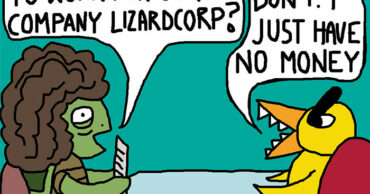People who create art for a living know perfectly well the importance of protecting their work. Unfortunately, there are a lot of people who seek to copy, misuse, or exploit artists’ creations without their permission, which can not only greatly affect their business but also cause emotional distress.
When this woman realized she was getting evicted because her landlord wanted to take advantage of the beautiful murals she had painted in the home, she came up with a petty revenge plan that was bound to catch the owners off guard.
Many artists encounter people who want to take advantage of their work

Image credits: seventyfourimages (not the actual photo)
As it happened to this woman, whose landlord evicted her just so he could keep the murals she painted in the home


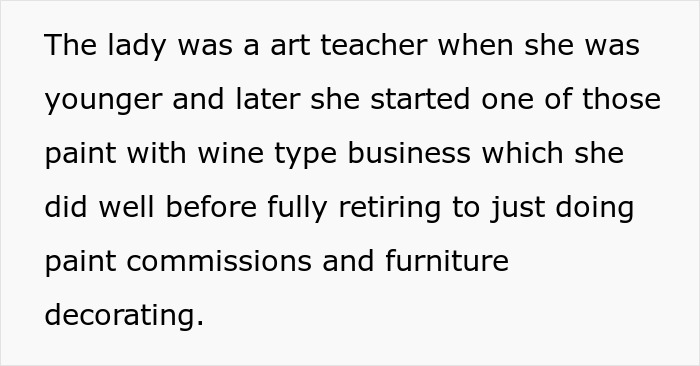

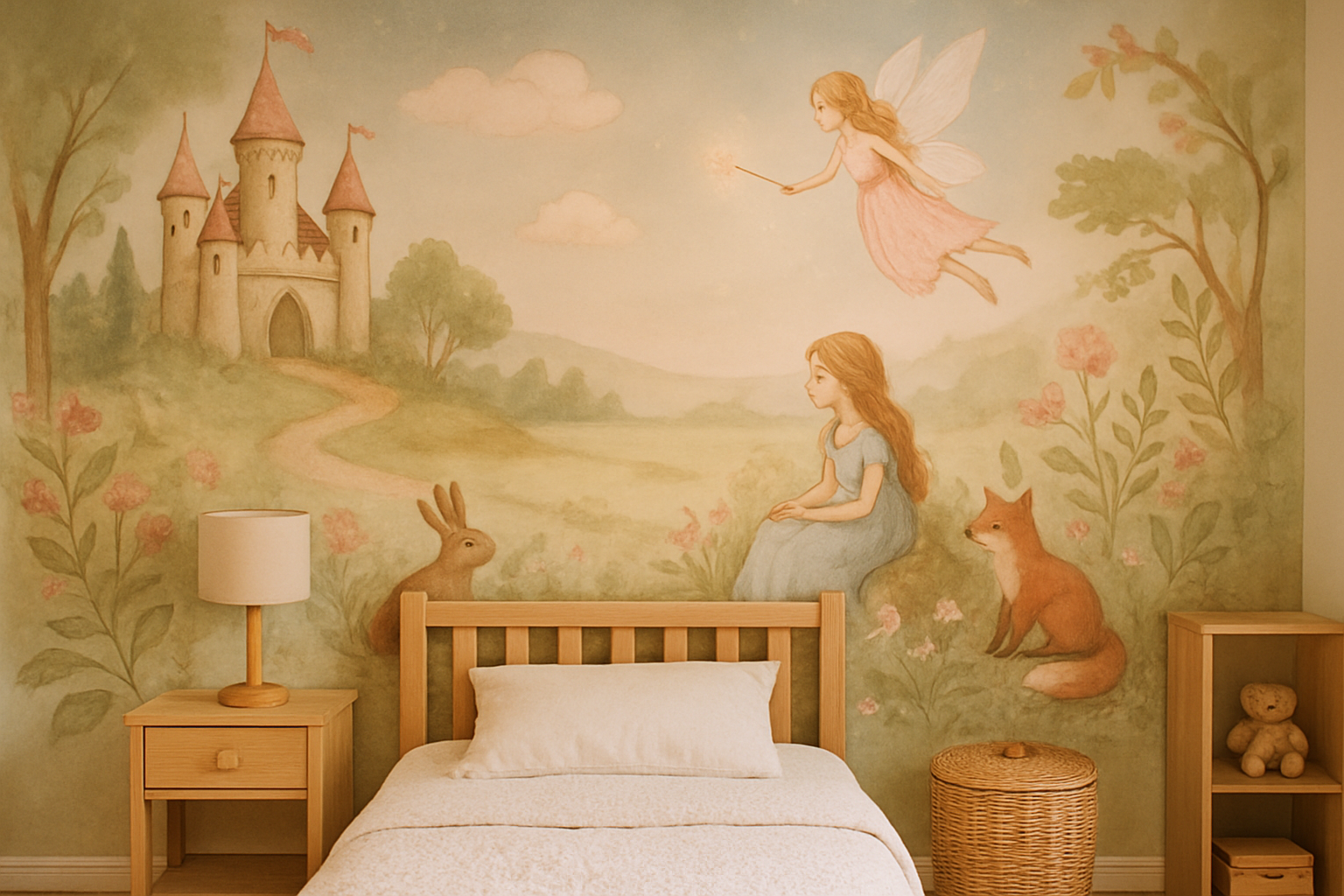
Image credits: Image generated by Bored Panda using chatGPT

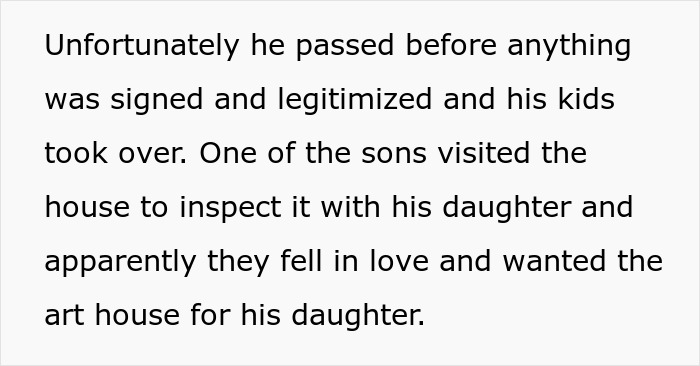
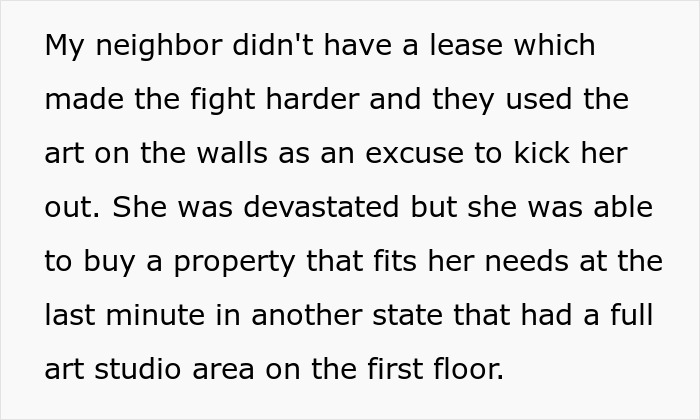

Image credits: shurkin_son (not the actual photo)
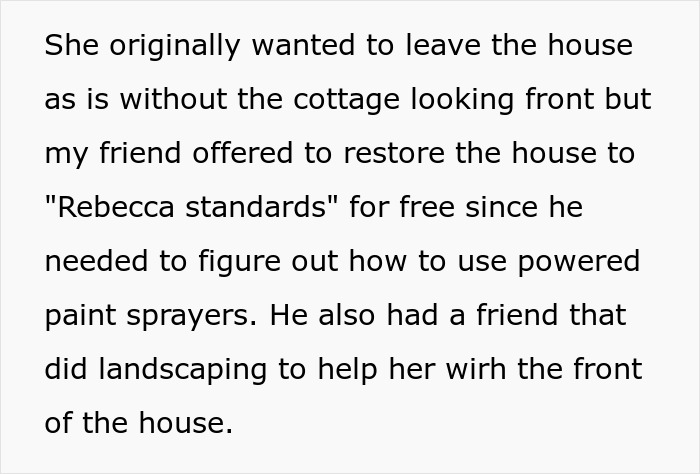
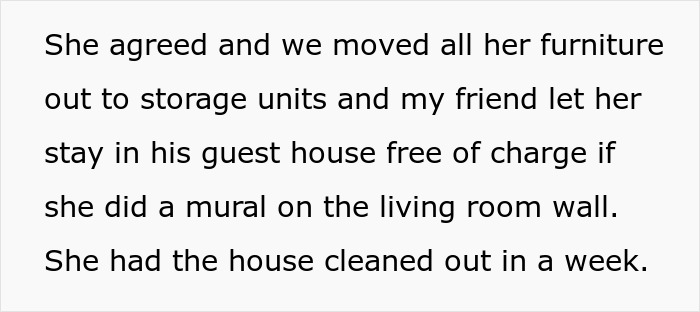
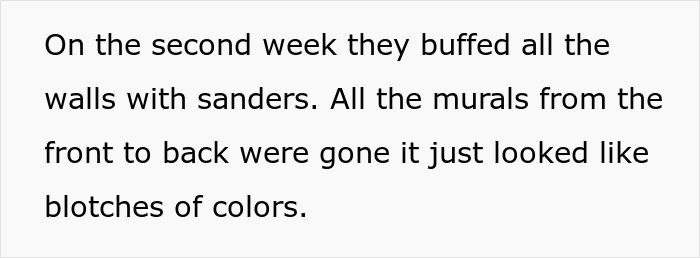
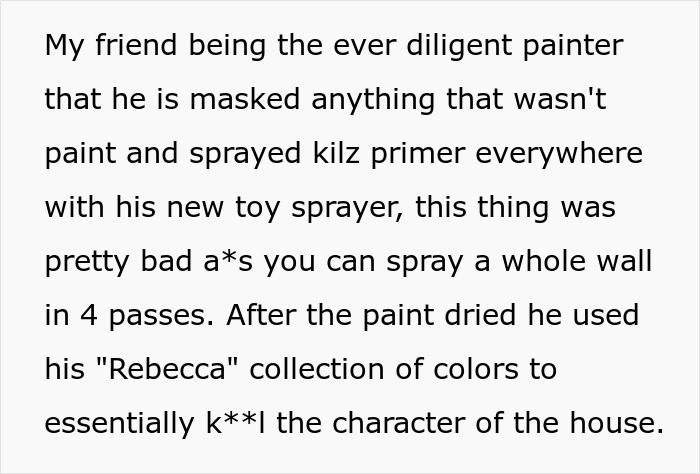
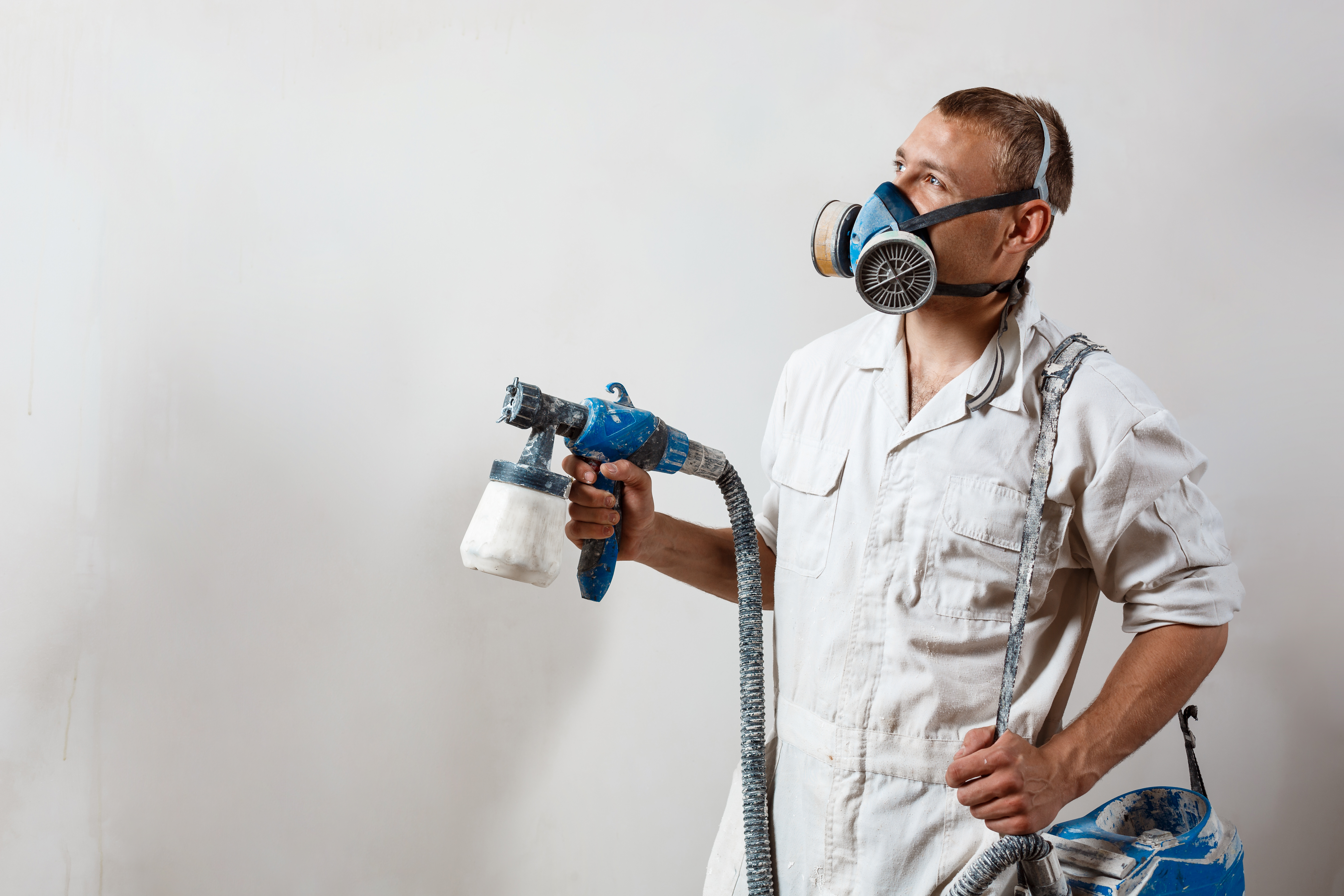
Image credits: cookie_studio (not the actual photo)
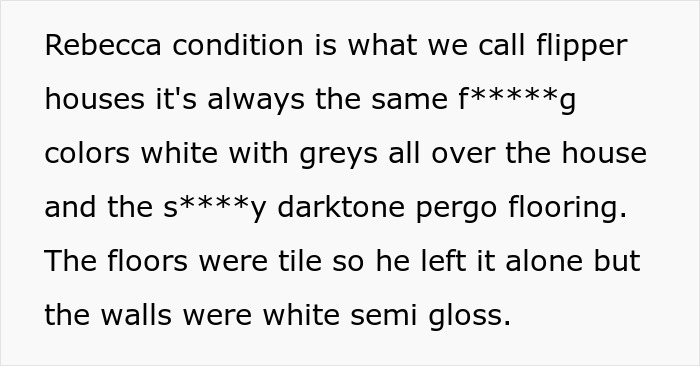
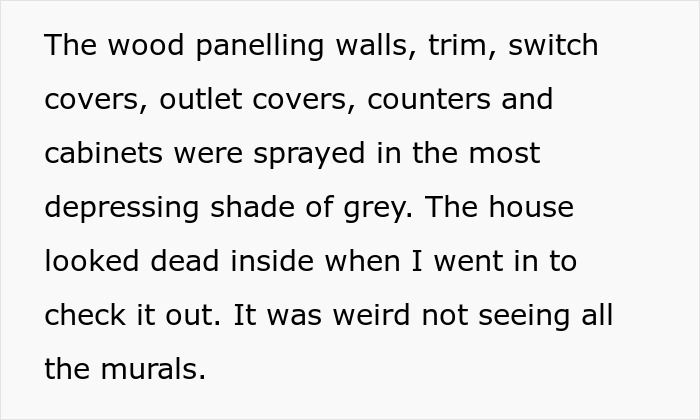
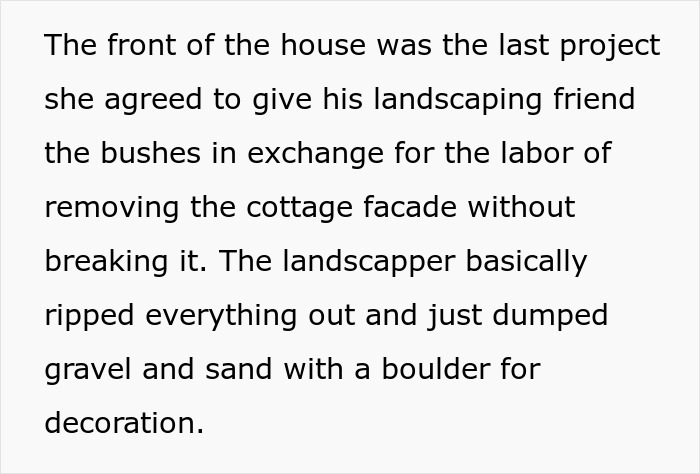
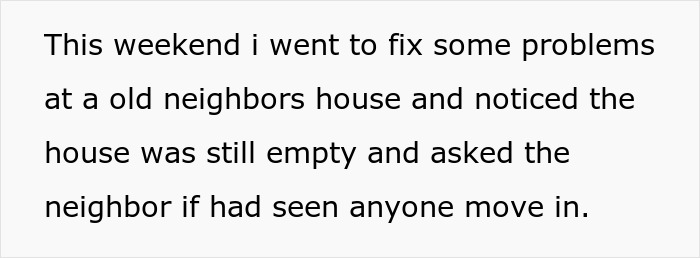
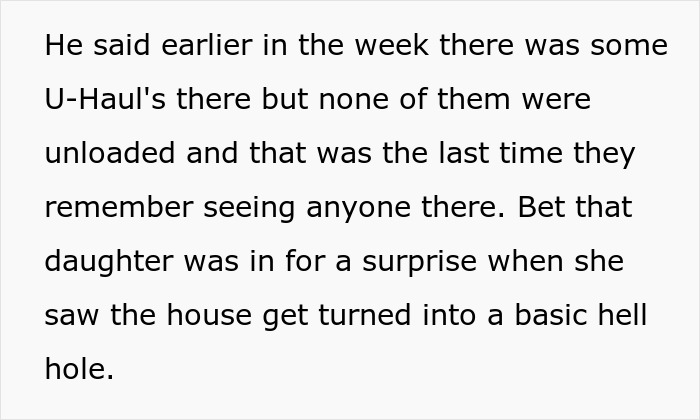
Image credits: ZZZ-Top
“Artists invest their time, effort, and passion into their work, and seeing it misused or credited to someone else can be emotionally distressing”
Intellectual property theft is an issue that creatives have been dealing with for centuries. Thanks to the rise of the digital era, the ease with which people can appropriate others’ creations without permission is greater than ever, which undermines the creativity and skills artists possess. It goes without saying that this has detrimental effects on their livelihood and mental state.
Now, we know that the heroine of the story managed to prevent her landlord from stealing her creation. But let’s imagine that she didn’t. How would she be impacted if she found out?
Creating art is a very personal experience, which makes the end product carry deep emotional value. When that creation with personal and emotional significance is stolen, it can lead to feelings of betrayal, violation, and frustration.
“Artists invest their time, effort, and passion into their work, and seeing it misused or credited to someone else can be emotionally distressing, undermining their motivation and confidence. The emotional toll of art theft can be substantial, affecting the artists’ mental well-being and hindering future creative endeavors,” writes Dutch artist Mari on her personal blog.
Artists whose creations have been stolen may also suffer from a loss of self-esteem. Since their identity is disregarded during intellectual property theft, they might begin feeling invisible and even suffer anxiety or depression along with reduced self-esteem.
Creatives have to be proactive in protecting their work
To prevent intellectual property theft and avoid the impact that comes with it, creatives have to be proactive in protecting their work from being exploited or misused.
“Artists must come to the realization that their works are worthy and important. When artists don’t enforce their rights and then simply move on to another product line, their apathy allows for the perpetuation of the problem. This confirms to infringers that most artists won’t do anything about theft,” explains attorney Emily Danchuk, specializing in copyright and trademark.
Artists should know that the moment they complete their creation, whether it’s a painting, sculpture, or digital artwork, they’re automatically protected by copyright law. “I want all artists to realize that these rights, at least under the US law, belong to you as soon as your artwork comes into existence, whether it’s a physical work or a digital one,” says attorney M.J. Bogatin.
But there’s one thing to note about copyright. “Copyright applies only to expressions, not to the underlying idea that you’ve come up with. The idea of painting the Golden Gate Bridge from underneath is not intellectual property that could be claimed by anyone,” Bogatin explained.
Clearly, there are more things to note about copyright than that, and artists should know them so they can exercise their rights to protect their creations. The most common way that copyright issues are solved is by asking the person to remove the misused intellectual property and stop using it, as taking the issue to court is expensive, and most of the time a lawsuit isn’t worth all the effort and money that it takes to go through with it.
Along with knowing their rights, artists can also take practical steps to protect their work, like adding watermarks to digital versions of their work, including copyright notices, and watching out for any unauthorized use of their creations on the market. Implementing these simple steps in their practice allows artists to reduce the likelihood of their work being appropriated, which in turn helps them maintain their passions for creating art.
The author provided more details on the situation in the comments

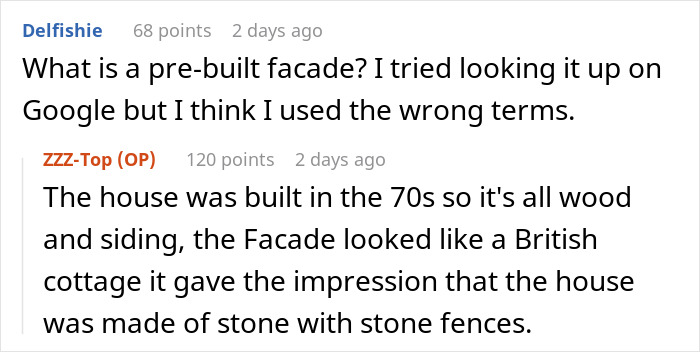
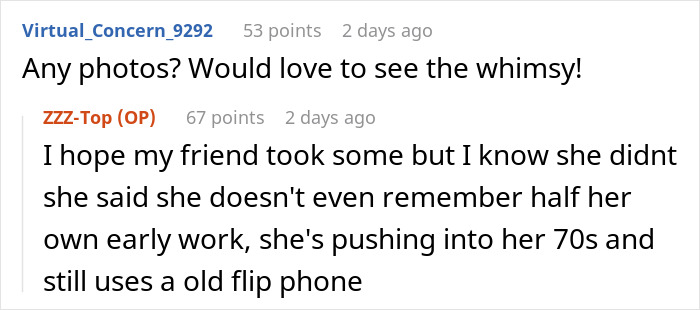

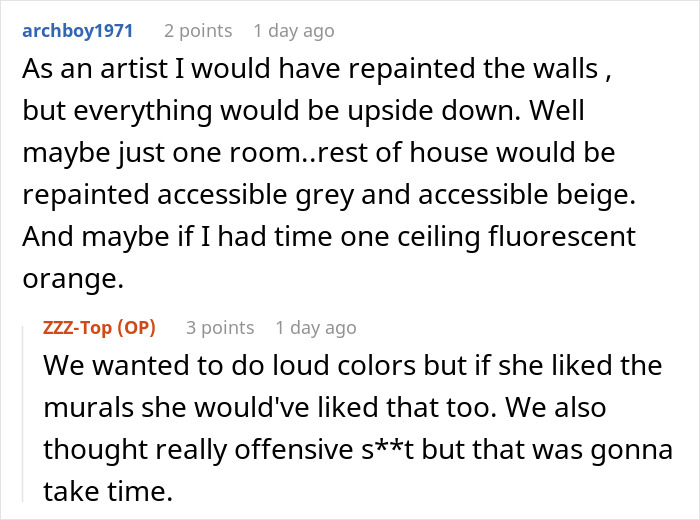
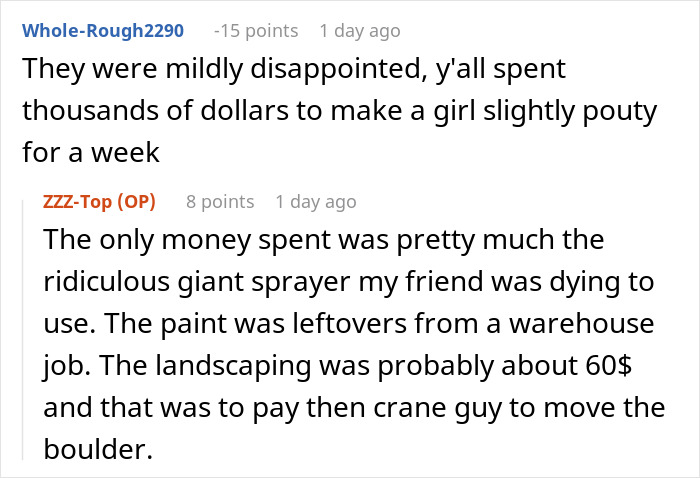
The readers praised the woman for coming up with such a petty revenge plan

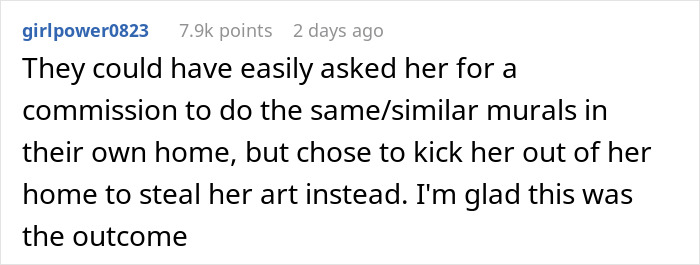



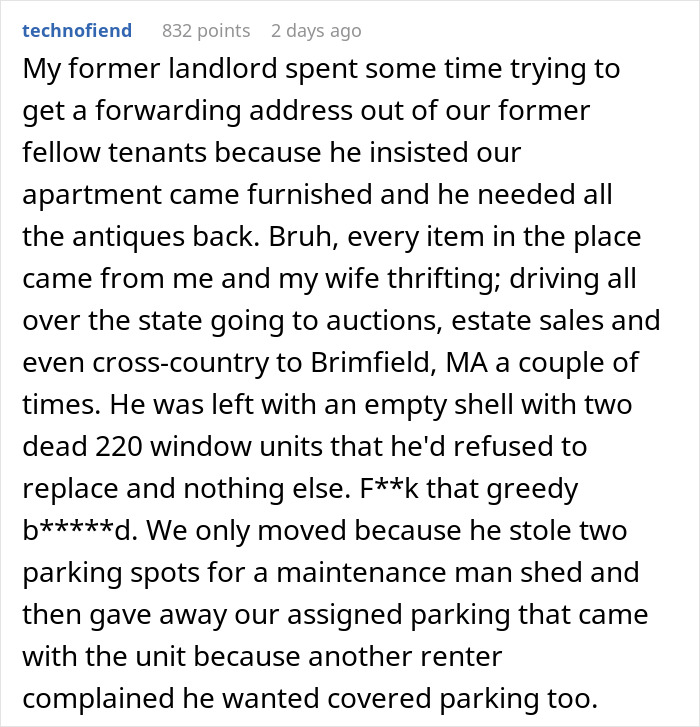

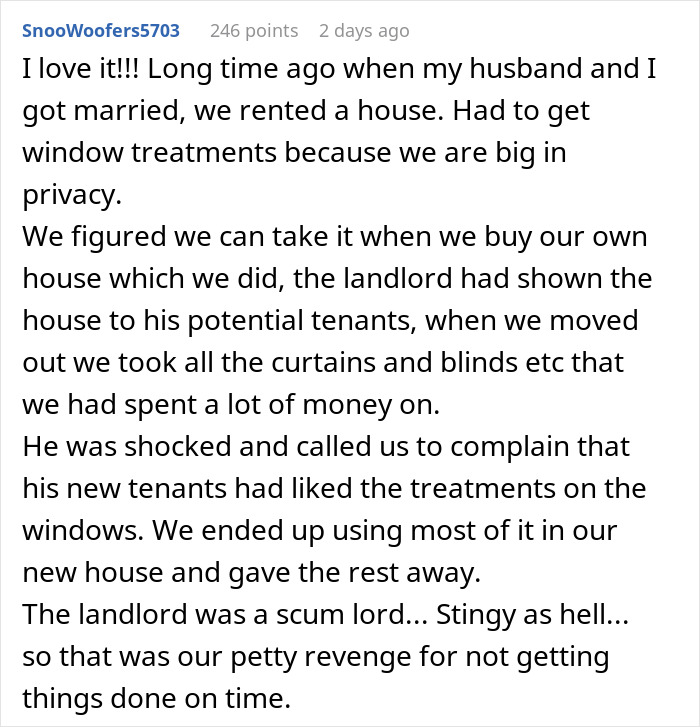

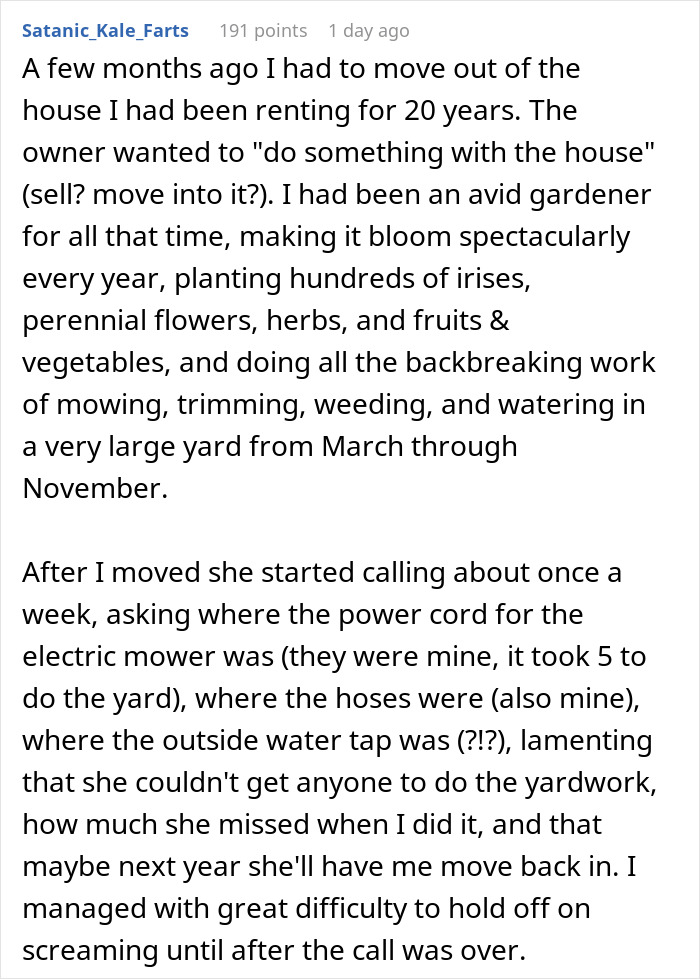
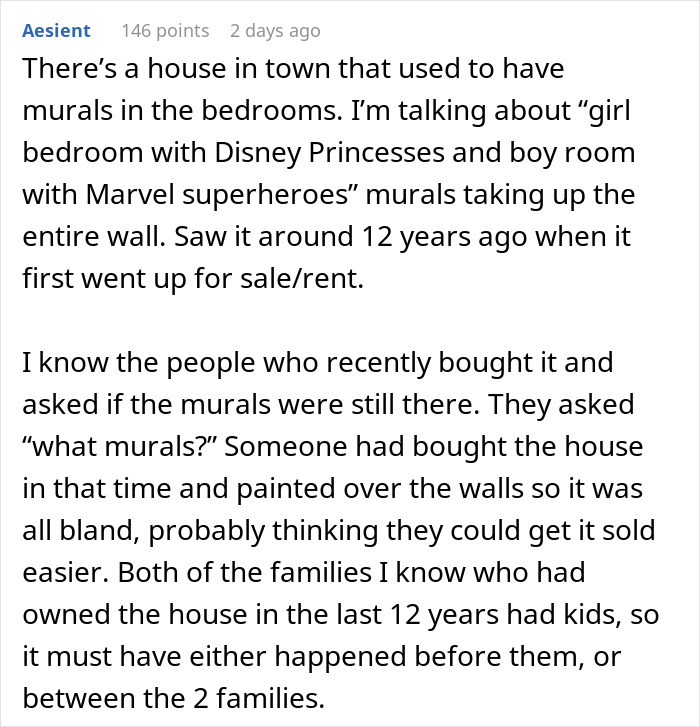




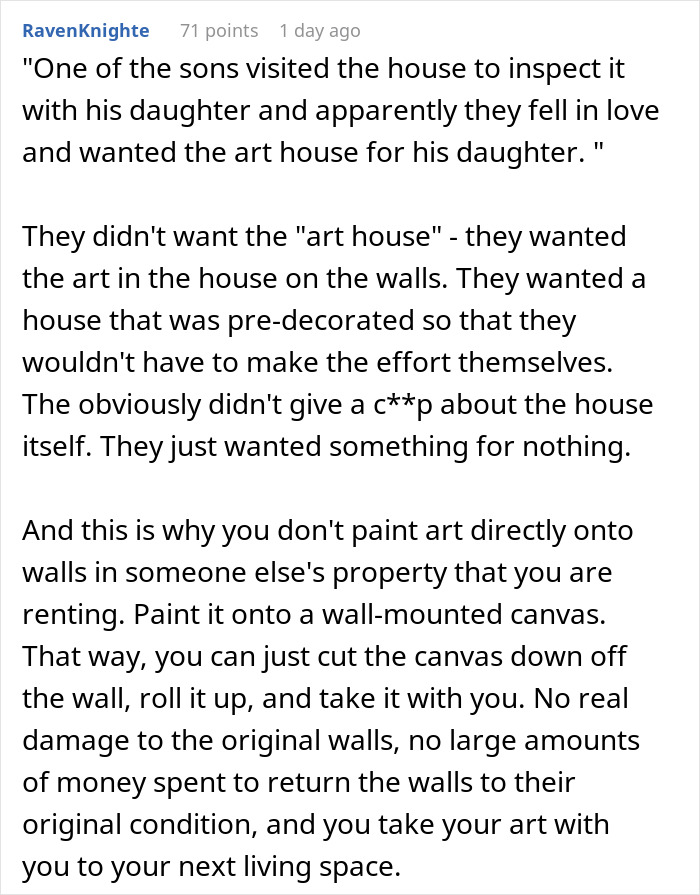
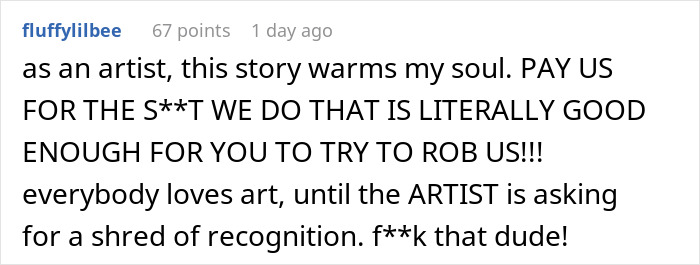

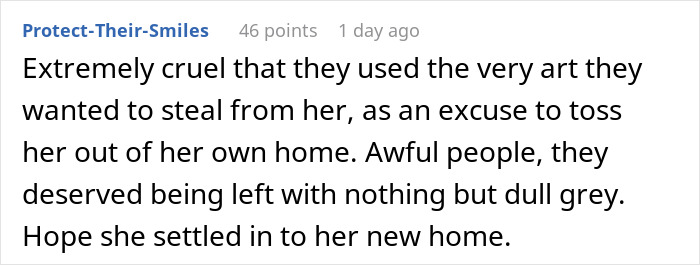
 Follow Us
Follow Us

